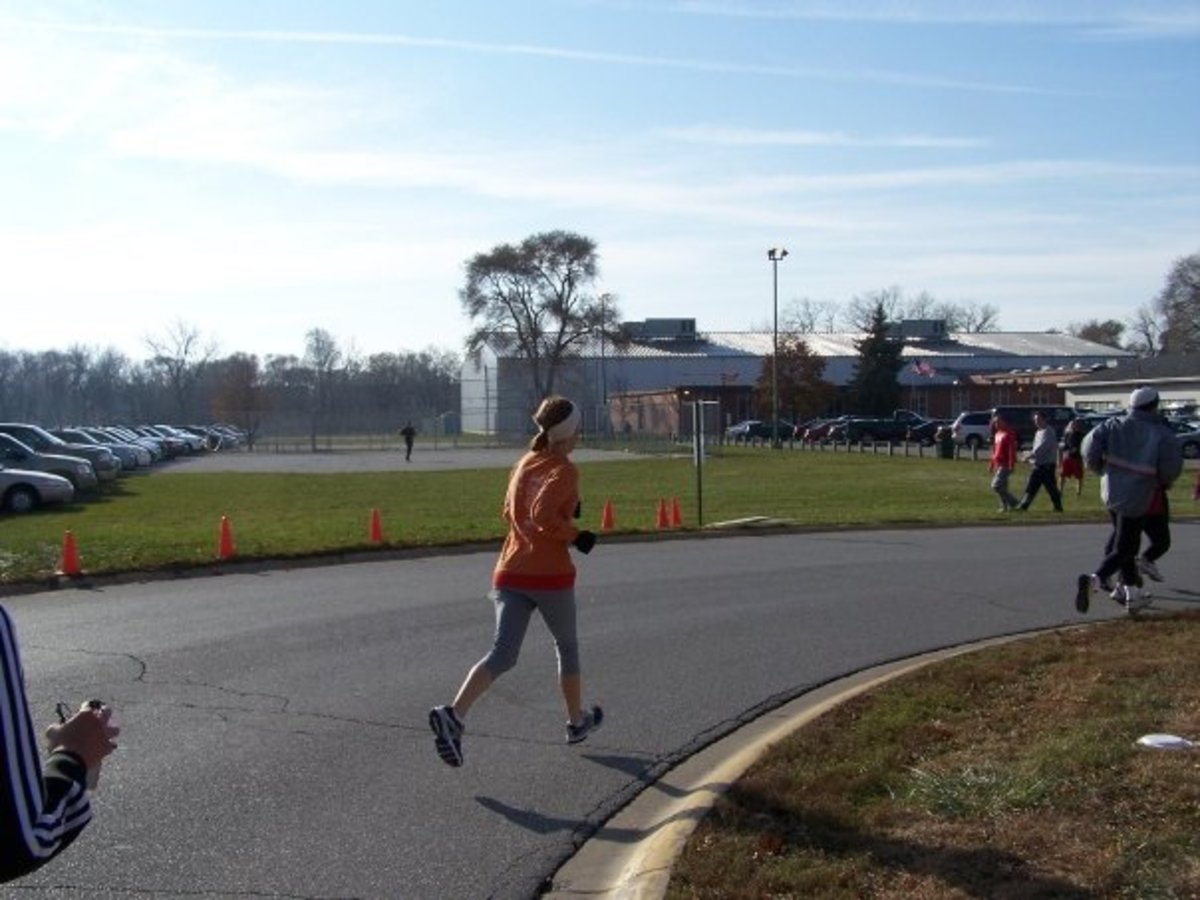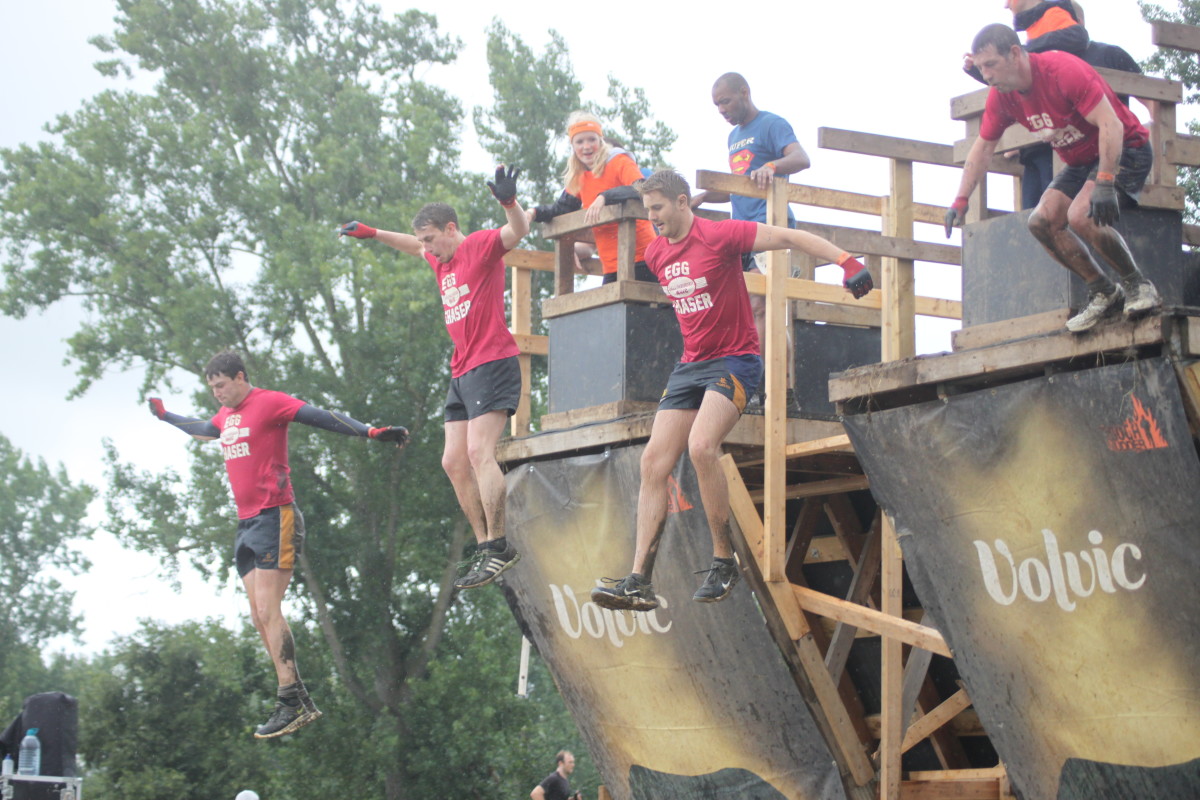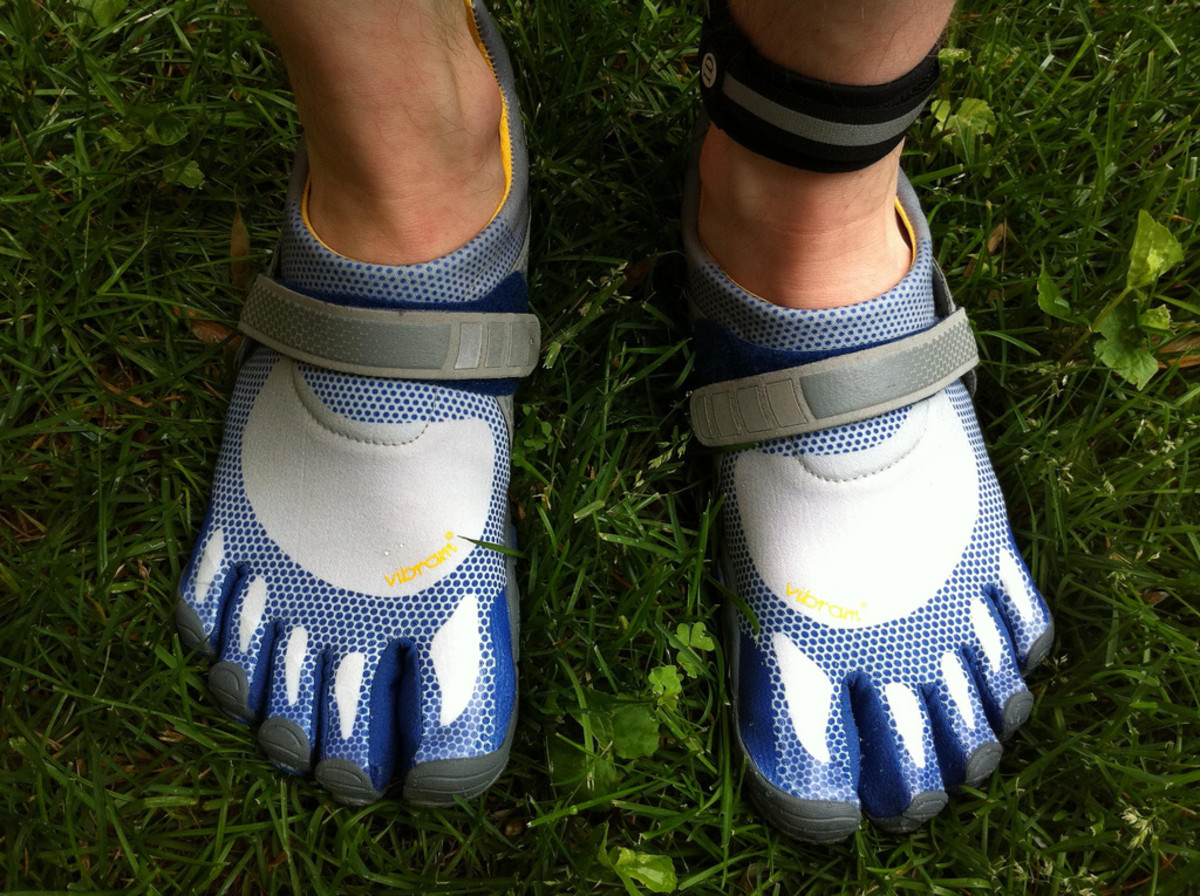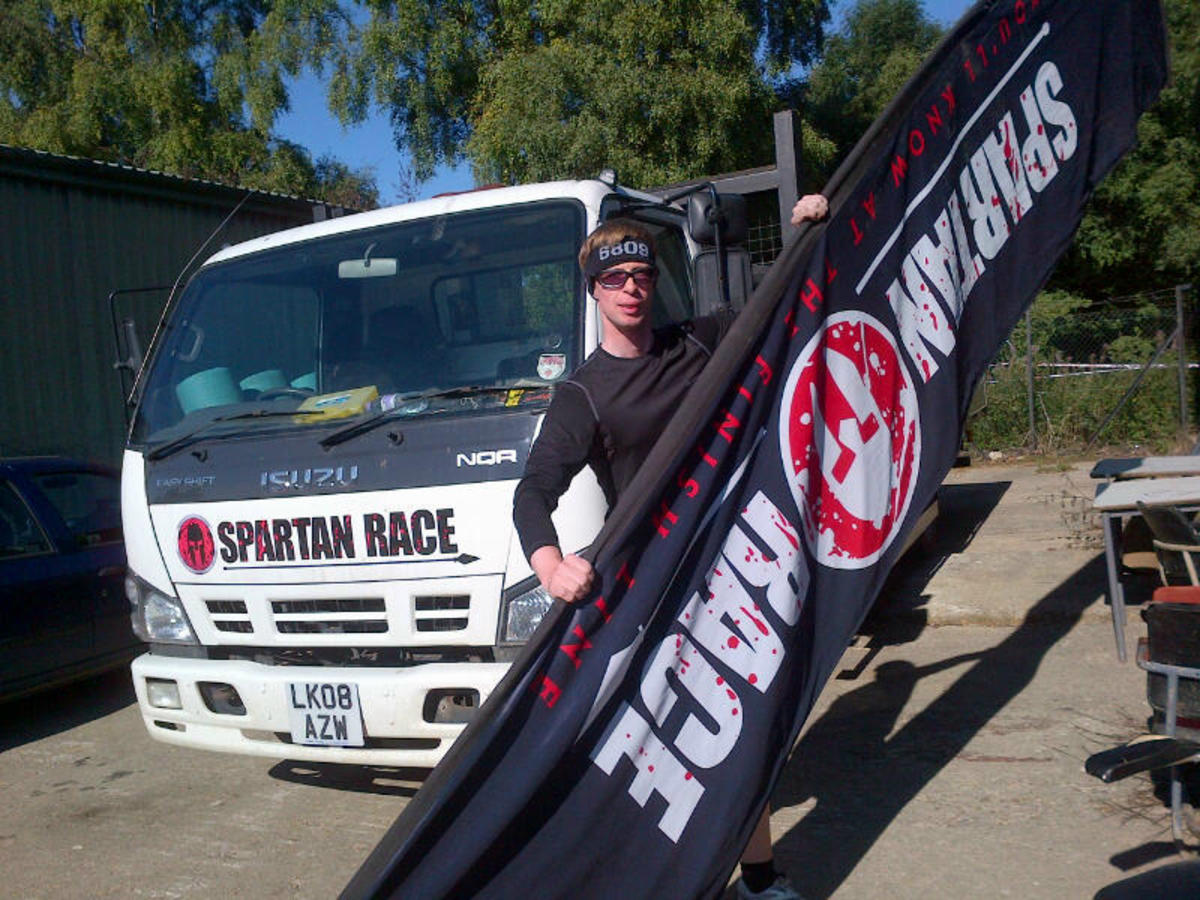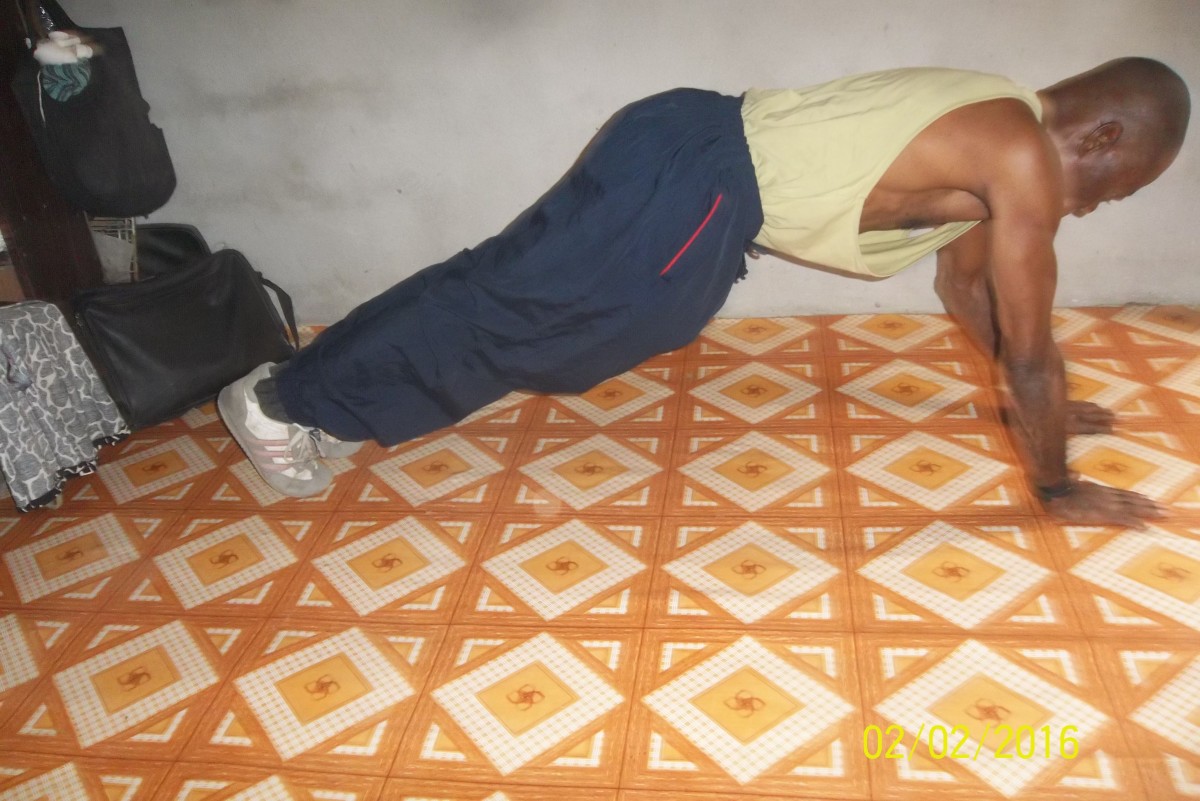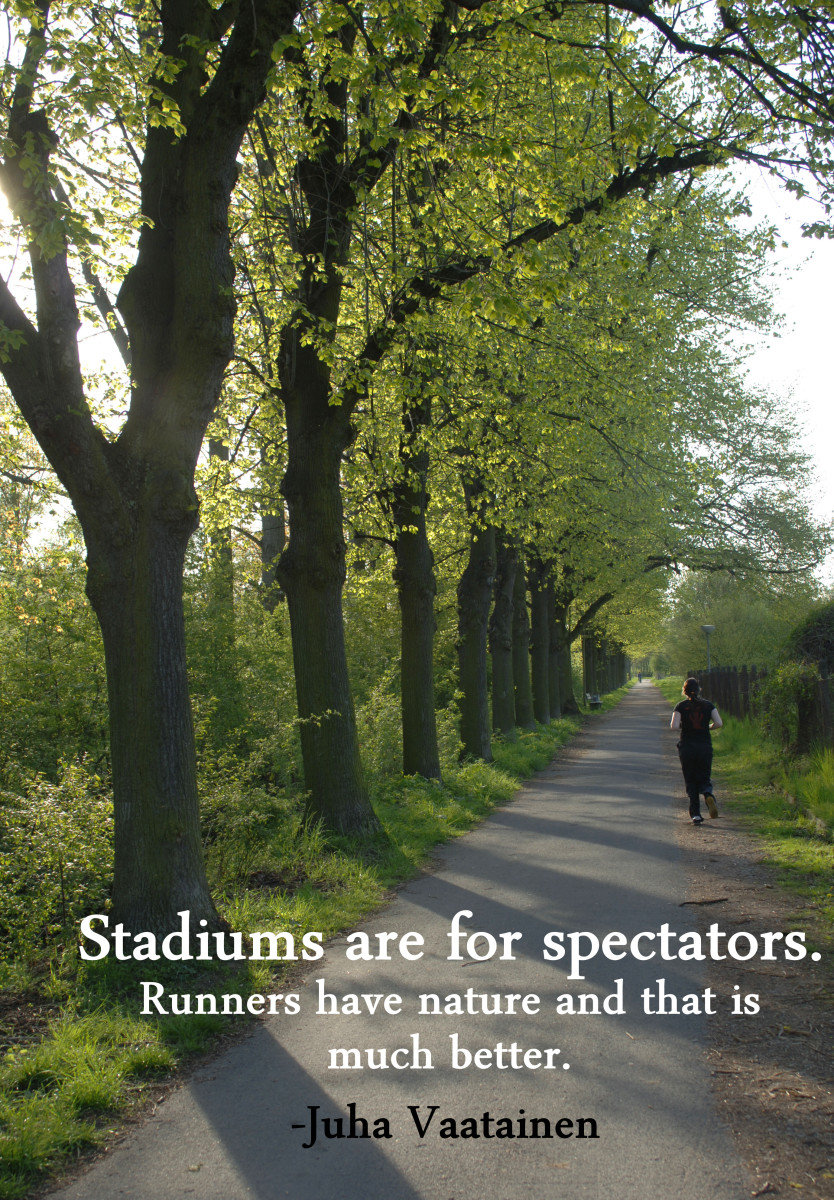Winter Running Tips

Winter Running Tips
For many runners, the onset of winter often signals the need to move indoors and bore oneself to death on the treadmill, or quit running until spring. In fact, neither option is ideal. If you’re someone that quits running altogether because you don’t have a treadmill or a gym membership, imagine how much conditioning you’re losing. If you are fortunate enough to have access to a treadmill but find that you run less than you did outdoors because you hate the workout, you also lose some conditioning, though not as much as if you quit altogether.
If you love running but find it challenging at this time of year, don’t despair. There are a few simple tips that can have you running again in no time and actually enjoying it!
Running in winter is a bit like swimming, for me. The most unpleasant part of the swim is the moment you dive into the cold water and have to let your body adjust to the change in temperature. But once you’re gliding into your second pool length, your body has warmed significantly and the swim itself is quite pleasant. Winter running is a lot like that. The most intimating part is the moment you step outdoors and have to adjust to the brisk wind and plummeting temperatures. Once you get your body moving and your core temperature rises, you’ll feel a lot better.
If you prefer running outdoors but don’t want to risk hypothermia or ice related injuries, there are a few tips you can try.
Be Sensible
If the temperatures are at or below zero you can run outdoors, but run for shorter periods of time. A run of not more than 30 minutes is ideal. It may not be as long as you’re used to, but it’s better than not running at all.
Into the Wind
Start your runs by heading into the wind. You haven’t worked up a sweat yet, so it reduces your chance of frostbite and hypothermia and saves the easier portion of the run for the return trip. With the wind at your back, you will probably achieve a negative split, which is always satisfying and with the wind gusting, who wouldn’t want to get home quicker?
Clothing Necessities
Always wear moisture wicking clothing, including gloves. Despite the brisk temperatures you will sweat if you’re working hard and the sweat will freeze, increasing your risk of hypothermia significantly. Moisture wicking attire helps to reduce the changes of hypothermia and frostbite. Following a run, change out of your sweaty clothing immediately and into a warm fleece outfit. Damp clothing will increase the rate at which your body loses heat, contributing to the risk of hypothermia even after you’ve moved indoors!
Proper Footwear
Cold weather actually reduces the shock absorption value of running shoes. As such, you run a higher risk of running related injuries. Having a designated pair of winter running shoes is a great idea. Most chain stores are not going to be able to help you. You should visit a designated running shop and inquire about shoes with EVA foam cushioning. Clinical trials of varying types of footwear revealed that EVA foam cushioning is less affected by cold temperatures than other types of shoes. And while your race season shoes may include lots of mesh for breathability, you definitely do not want that on your winter shoes. Shoes with little to no mesh are best and preferably with an outer overlay for added protection. You definitely don’t want wind, snow and water getting into your winter running shoes. If your feet get that wet and cold, even moisture wicking socks won’t help you and you’ll end up with frostbitten toes. You may even consider warming your shoes before you put your feet into them so that it takes longer for the cold to affect your feet.
Hydration
Most runners are aware of the risk of dehydration during the summer months when they are sweating copiously. Many are not aware that dehydration is a huge risk in the winter as well. In fact, it is common for cold weather runners to suffer from dehydration because they are not as attentive to fluid intake as they should be. If you work hard you will sweat, winter, spring, summer or fall. It is always critical to replenish fluids and electrolytes. Carry a bottle of sports drink with you. It is better than water because the sugars in it cause it to take longer to freeze.
Run on Hills
If you live in an area that has both hills and valleys, try running on the hills. They tend to be warmer than the low-lying areas and that means you can run longer and at less risk of hypothermia.
Run Close to Home
Since running shorter distances is recommended, don’t stray too far from home or from where you parked your car. 15 minutes out and 15 minutes back will provide you with an adequate run. Keeping close to your sheltered area is important because if you encounter unexpected conditions or become injured or hypothermic, you can head back and reach your destination much more quickly. If you desire a longer run, mix up outdoor intervals with indoor ones achieve your desired distance or time.
Protect Your Lungs
If you suffer from sports induced asthma, winter running related asthma or the cold air simply hurts your lungs, you might consider purchasing a balaclava. This headwear is a hat and muffler in one. Simply pull it over your head and your head, nose and mouth will be covered. It is breathable so it should not obstruct your airway, but it will filter the cold air for you and create a cushion of warmth around your face. Take it off immediately after running however, because the moisture from your breath will cause the material to become damp over time just like any other running apparel you are wearing.
Off the Beaten Path
Many running trails are not groomed in the winter, forcing outdoor runners into the streets. If you are forced to run on the street, choose a less-traveled residential area. Run against on-coming traffic so that you have full visibility. Be sure to wear reflective clothing, especially if running in low light. If you run after dark, wear light colors, reflectors and attach blinking lights to your clothing. Even streets are not perfect. You’ll have areas that are not well-plowed, have patches of black ice, or potholes. Be hyper-vigilant when running in the street. Most drivers won’t expect to see someone in the road, so they may not be able to avoid you.
Have Fun
That’s what it’s all about. If you are properly attired, aware of your surroundings, drinking plenty of fluids and prepared to deal with the cold, you’re going to have a great run.
More Great Running Hubs
- Fartlek Training
Make Running Fun with Fartlek Training It may sound like an obnoxious bodily function, but fartlek is actually a Swedish word meaning speed play. Fartlek is a fun way to train because it allows you to... - Playlist for the Running Enthusiast
Music for the Active Runner Let's face it, we could all use a little motivation to get out and keep fit. Many of us are full time employees, parents, volunteers, friends and caretakers. It is hard to get out... - Reasons for Running a Marathon
Reasons for Running a Marathon If youve never run a marathon, you probably cant imagine what in the world possesses those that do run them to do so. Even those that run regularly may not understand... - Marathon Training Plan
Training for Your First Full Marathon Training for a full marathon is no small commitment. It takes dedication, perseverance and an ability to work through fatigue, pain and mental exhaustion. You run in... - Marathons: The World's Top Five
Major International Marathons Running enthusiasts have likely heard about the top five marathon destinations in the world. Many marathoners have likely completed at least one, if not all of the marathons....



